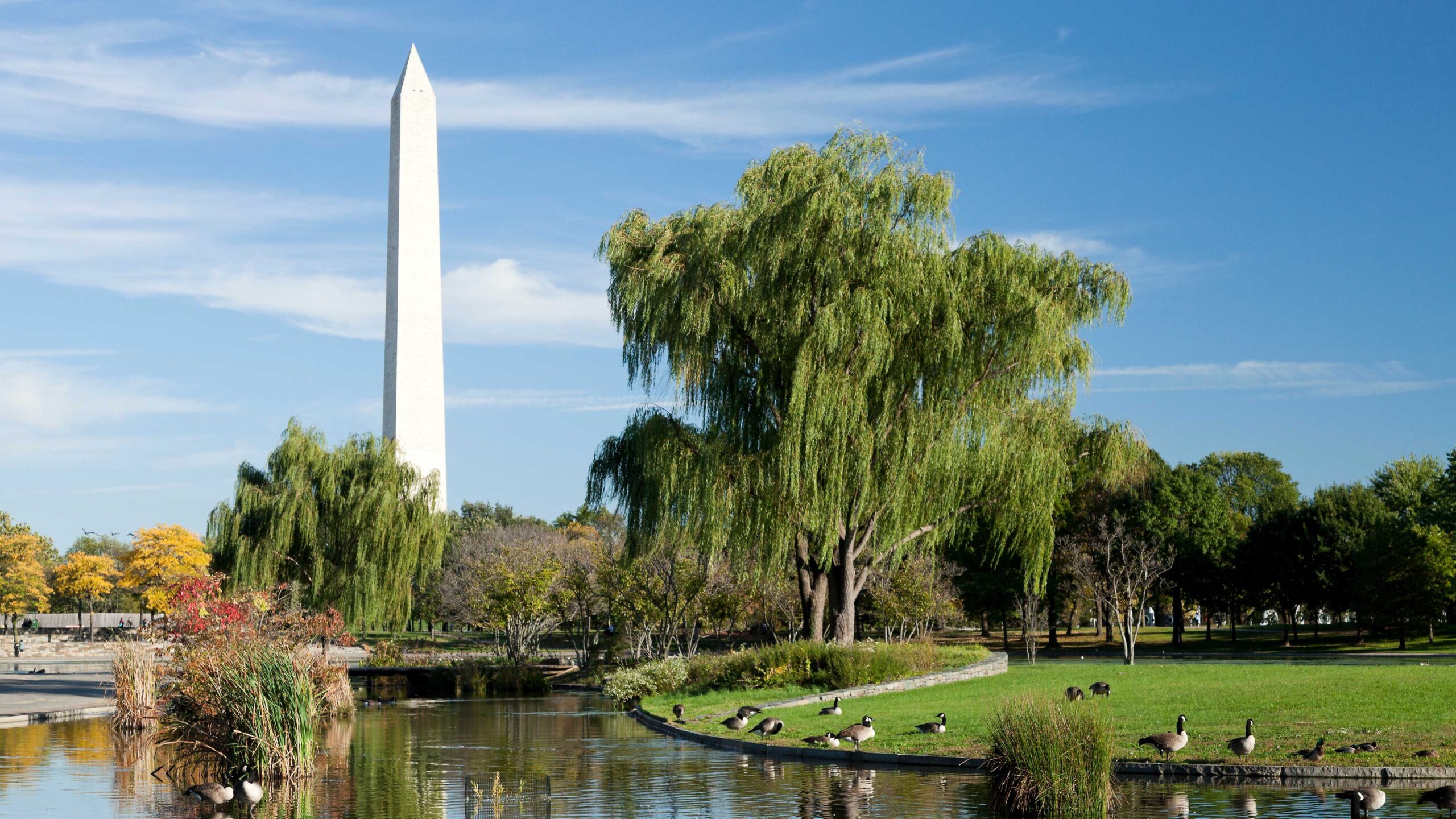In this era of armchair diagnostics and WebMD, it really shouldn’t surprise anyone that a term has been coined to describe the ever-increasing gulf between children and the natural world. Nature deficit disorder, a term first used by Richard Louv in his book, “Last Child in the Woods,” perfectly encompasses this state of this screen-obsessed, fresh-air-averse generation.
The obvious solution to this “disorder” is to pitch kids into the forest — but what if they live in concrete jungles? How do you bring the natural world to city kids, and how do you help them connect to our environment?
Here are five fabulous ideas to get you started:
1. Seek Out the Centers
Nature centers, botanical gardens — even a large greenhouse would do in a pinch, but basically anywhere your child can be immersed in the sights, smells, and pure air of hundreds of plants. There’s something inherently good about being amidst plant life, even if you don’t believe the nature-deficit disorder mumbo-jumbo. And if you do?
Studies are emerging that indicate that being around plants and spending time in nature reduces stress, improves concentration, and increases compassion. Even if your little ones visit these places just once or twice a month, they will be a welcome respite from cement sidewalks and glass skyscrapers.
2. Pick Pockets (Pocket Parks, That Is)
City planners have long recognized the value of natural spaces. As a result, most large cities have made an effort to claim some green space in the midst of the downtown hustle and bustle — think Central Park in New York City or Stanley Park in Vancouver, Canada.
Even if you don’t live in The Big Apple, your city is sure to have little pockets of green where you and your kids can pick dandelions in the summer, collect fallen leaves in the fall, throw snowballs in the winter, and celebrate new buds in the spring. The medical benefits of visiting any park are extensive. In addition to car-dependence and climate risk, cities are now rated with a ParkScore that indicates the accessibility of parks for residents. Washington, D.C., ranks first in the nation.

3. Take It Outside
Getting back into nature doesn’t have to be a big, complicated, planned outing. If you’re fortunate enough to have a backyard, even a tiny one, use it! Eat at the picnic table, or set up a pup tent for backyard campouts. Even with just a balcony or patio, you can bring in some of the natural world with potted plants, hanging flower baskets, bird feeders, squirrel feeders — anything that will help your child connect to the natural world.
4. Bring the Outdoors Inside
Take your kids outside as much as possible, but also try to bring the outdoors in for those days when a visit to the botanical gardens or an outdoor overnight just aren’t possible (and let’s be honest; some weeks, those days are every day). House plants that the kids are responsible for watering, an aquascaping project, or a small pet — even a goldfish — can breathe life into a city apartment and fascinate young minds. Any small way to observe the intricacies of the natural world has the potential to be amazingly beneficial.
5. Rethink Movie Night
Instead of wading through the latest cartoon offerings trying to parse the appropriate from the borderline inappropriate (Mature double entendres! Archaic gender constructs! Cartoon violence!), think about clicking over to the documentary genre instead.
Children are naturally fascinated by the world around them, and watching a documentary won’t seem at all dry. On the contrary, learning about life in the depths of the ocean or in the wilds of Africa may just spark a lifelong interest in biology, animal care, or even climate change and conservation. Give your kids a chance to satisfy their curiosity about our environment, even if they can’t get their hands on as much of it as they’d like.
Editor’s note: Originally published on June 12, 2015, this article was updated in February 2025.
Source link
Madeleine Somerville earth911.com

